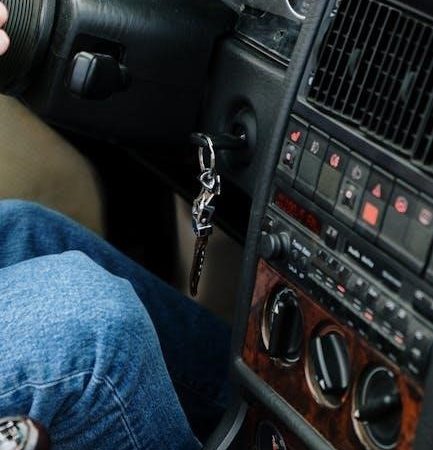Auto to Manual Conversion 240SX: A Comprehensive Guide
Converting your Nissan 240SX from automatic to manual transmission enhances driving engagement and control. This popular modification requires careful planning, specific parts, and technical expertise. With proper guidance and online resources, the process can be completed successfully, offering a more immersive driving experience.
Overview of the Conversion Process
The process of converting a Nissan 240SX from an automatic to a manual transmission involves several key steps. First, the automatic transmission must be removed and replaced with a compatible manual transmission, such as the S13 or S14 5-speed unit. This requires careful disassembly of the existing components, including the torque converter, flex plate, and transmission mounts. Next, the clutch system must be installed, which includes the clutch disc, pressure plate, and flywheel. The clutch pedal and master cylinder are also added to complete the manual shifting mechanism.
The conversion also involves modifying the wiring and ECU (Engine Control Unit) to accommodate the manual transmission. This may include re-pinning the ECU or sourcing a compatible unit from a manual-transmission-equipped 240SX. Additionally, the driveshaft must be shortened or replaced to fit the manual transmission, and the shifter assembly must be installed in the cabin. Other critical components, such as the manual brake pedal and pilot bushing, must also be addressed.
While the process is complex, it can be completed with proper tools, patience, and detailed guidance from online resources. It is essential to prepare thoroughly, ensuring all necessary parts are gathered before starting the project. Draining the transmission fluid and disconnecting the battery are critical safety steps. Overall, the conversion transforms the car’s driving dynamics, offering better control and engagement for enthusiasts. Plan for approximately 8-12 hours of work, depending on experience and the number of helpers. Online tutorials and forums provide invaluable support for a successful swap.
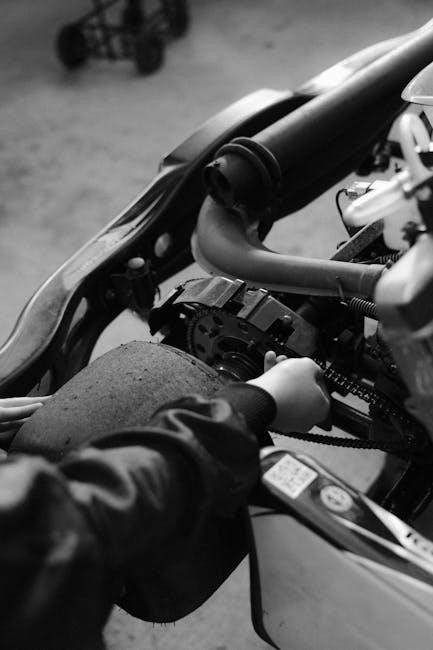
Why Choose a Manual Transmission Swap?
Upgrading your Nissan 240SX from an automatic to a manual transmission offers numerous benefits for driving enthusiasts. Manual transmissions provide greater control over power delivery and gear changes, allowing for a more engaging and dynamic driving experience. This enhanced driver involvement makes the car more responsive and enjoyable, especially for spirited driving or track use.
Manual transmissions are also generally more durable and require less complex maintenance compared to automatics. They eliminate the need for torque converters and fluid changes associated with automatic transmissions, potentially reducing long-term maintenance costs. Additionally, manual transmissions typically weigh less, contributing to better overall vehicle balance and handling.
For performance-oriented drivers, a manual swap is often the first modification recommended. It allows for better acceleration and deceleration control, enabling drivers to optimize their driving technique. The ability to manually shift gears also provides a more direct connection to the vehicle, making every drive feel more purposeful and rewarding. Many enthusiasts consider the manual swap a crucial step in unlocking the full potential of the 240SX, transforming it into a more driver-focused machine.
Necessary Parts and Tools for the Conversion
To successfully convert your Nissan 240SX from automatic to manual transmission, you’ll need several key components and tools. Start by sourcing a compatible manual transmission, such as the S13 or S14 5-speed unit, depending on your vehicle’s specifications. A clutch pedal assembly, including the pedal itself, master cylinder, and slave cylinder, is essential for manual shifting functionality.
A new flywheel and clutch kit are required to mate the engine with the manual transmission. Additionally, you’ll need a manual transmission mount and bracket to secure the new gearbox. The driveshaft may need to be shortened or replaced to accommodate the manual transmission. A manual transmission harness is also necessary for proper wiring connections.
Other critical components include a pilot bearing, which must be installed in the center of the crankshaft, and a manual-specific shifter assembly. Tools such as a pilot bearing puller, transmission jack, and socket set are indispensable for the installation process. Ensure you have a service manual or online guide for reference, as well as access to specialized tools like a torque wrench and gear puller.
Lastly, consider sourcing an S14 manual speed sensor if using an S13 transmission, and verify the compatibility of your ECU, especially for 1997-1998 models, which may require re-pinning or swapping for proper functionality. Gathering all necessary parts and tools beforehand ensures a smoother and more efficient conversion process.

Step-by-Step Installation Guide
- Prepare the Vehicle: Begin by draining the transmission fluid and removing the battery to ensure safety and prevent electrical issues during the swap.
- Remove the Automatic Transmission: Use a transmission jack to carefully lift and remove the automatic transmission. Disconnect all electrical connectors and fluid lines before final removal.
- Install the Clutch and Flywheel: Attach the new flywheel to the engine crankshaft, ensuring proper alignment. Install the clutch kit, including the pressure plate and clutch disc.
- Mount the Manual Transmission: Bolt the manual transmission to the engine, using the new transmission mount and bracket. Ensure all connections, such as the driveshaft, are securely attached.
- Replace the Driveshaft: Install the shortened or replacement driveshaft to accommodate the manual transmission. Align it properly with the transmission and differential.
- Install the Clutch Pedal and Hydraulic System: Mount the clutch pedal assembly inside the cabin and connect the hydraulic lines to the slave cylinder. Bleed the system to remove air bubbles.
- Connect Wiring and Shifter: Install the manual transmission wiring harness and connect it to the ECU. Mount the shifter assembly and ensure it operates smoothly. Don’t forget to connect the reverse light switch.
- Test the System: Reconnect the battery, start the engine, and test the clutch and gear engagement. Check for leaks and ensure all components function properly before driving.
Following these steps carefully will ensure a successful conversion, transforming your 240SX into a manual-transmission vehicle for enhanced driving control and performance.
Wiring and ECU Adjustments
When converting your Nissan 240SX from automatic to manual transmission, proper wiring and ECU adjustments are crucial for smooth operation. Begin by installing a manual transmission-specific wiring harness, ensuring all sensors and actuators are correctly connected. This includes the reverse light switch, which activates when the car is in reverse gear.
The ECU must be reconfigured or replaced to recognize the manual transmission. For 1997-1998 models, use an ECU from the same year range or re-pin a 1995-1996 ECU to function correctly. Refer to the JWT Wiring PDF for detailed repinning instructions. Ensure the ECU recognizes the clutch switch and gear position sensors for accurate throttle and gear control.
Troubleshooting common issues like incorrect wiring connections or ECU misconfigurations is essential. Verify all electrical connections and test the system before driving. If unsure, consult a professional to avoid damage to your car’s electrical systems. Proper wiring and ECU setup ensure a seamless and enjoyable driving experience with your manual transmission.
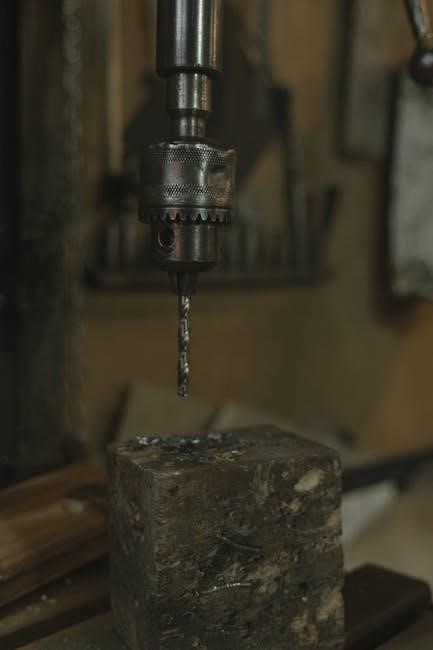
Potential Challenges and Troubleshooting
Converting your Nissan 240SX from automatic to manual transmission can present several challenges. One common issue is ensuring proper alignment of the drivetrain components, as misalignment can lead to vibration or damage. Additionally, sourcing the correct parts, such as the manual transmission, clutch pedal, and pilot bushing, can be time-consuming. If using an S14 transmission, modifications to the bellhousing may be required for compatibility with the S13 chassis.
Another challenge is the clutch and pedal setup. If the manual brake pedal is unavailable, modifying the automatic pedal by cutting it and fitting a manual pedal rubber cover is a viable solution. Electrical issues, such as incorrect wiring or sensor connectivity, can also arise. For instance, the speed sensor from the automatic transmission must be retained, while the reverse light switch and clutch switch need proper wiring.

Troubleshooting tips include verifying all connections, testing the clutch and gear engagement, and ensuring the ECU is correctly configured. If the ECU does not recognize the manual transmission, consult a professional or refer to online resources like the JWT Wiring PDF for guidance. Addressing these challenges systematically ensures a smooth and successful conversion.
Cost Estimates for the Conversion
The cost of converting a Nissan 240SX from automatic to manual transmission can vary depending on the parts and tools required. A used manual transmission, such as the S13 5-speed, typically ranges from $500 to $800, while a new unit can cost up to $1,500. Additionally, a clutch and flywheel kit is essential, with prices ranging from $300 to $600. The driveshaft may need to be replaced or modified, adding another $200 to $400 to the total cost.
Other components, such as the clutch pedal assembly, manual brake pedal (if needed), and transmission mounts, can add $300 to $500. If wiring or ECU adjustments are required, professional labor costs may apply, ranging from $500 to $1,000. Miscellaneous tools and hardware, such as a pilot bushing puller, can add an additional $100 to $200.
In total, a DIY conversion can cost between $1,800 and $3,700, depending on the condition and source of the parts. If hiring a professional mechanic, the total cost may increase to $4,000 to $5,700. Proper planning and sourcing parts in advance can help reduce expenses and ensure a smooth conversion process.
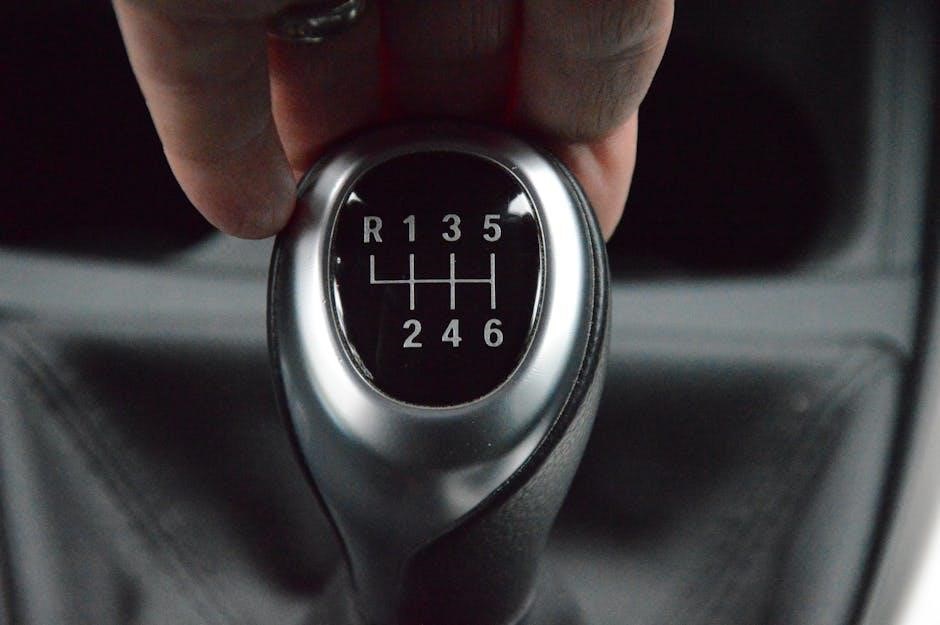
Helpful Online Resources and Tutorials
Several online resources and tutorials are available to guide you through the auto-to-manual conversion process for your Nissan 240SX. Websites like Nicoclub.com and Zilvia.net offer detailed step-by-step guides, covering everything from parts selection to installation and wiring adjustments. These forums are packed with firsthand experiences and troubleshooting tips from seasoned enthusiasts.
YouTube channels dedicated to Nissan 240SX modifications also offer video tutorials, showcasing real-time installation steps and problem-solving techniques. Reddit’s r/240sx community is another valuable resource, where members share their personal experiences and provide advice for a successful swap.
These resources are indispensable for ensuring a smooth and well-informed conversion. They cover everything from choosing the right parts to handling wiring and ECU adjustments, making the process more manageable for DIY enthusiasts.
Converting your Nissan 240SX from automatic to manual transmission is a rewarding project that enhances driving performance and engagement. With careful planning, the right tools, and proper guidance, this modification can be completed successfully, offering a more immersive driving experience.
To ensure a smooth process, gather all necessary parts beforehand and consult detailed guides from reputable sources like Nicoclub and Zilvia.net. These resources provide step-by-step instructions, wiring diagrams, and troubleshooting tips, making the conversion more manageable for DIY enthusiasts.
Engage with online communities such as Reddit’s r/240sx to connect with experienced owners and gain insights from their firsthand experiences. Additionally, YouTube tutorials offer visual guidance, helping you navigate complex steps like ECU adjustments and clutch installation.
Take your time and avoid rushing the process. Double-check each step, especially critical areas like wiring and drivetrain alignment, to prevent costly mistakes. Finally, consider seeking assistance from friends or mechanics if needed, ensuring your 240SX is back on the road with improved performance and control.
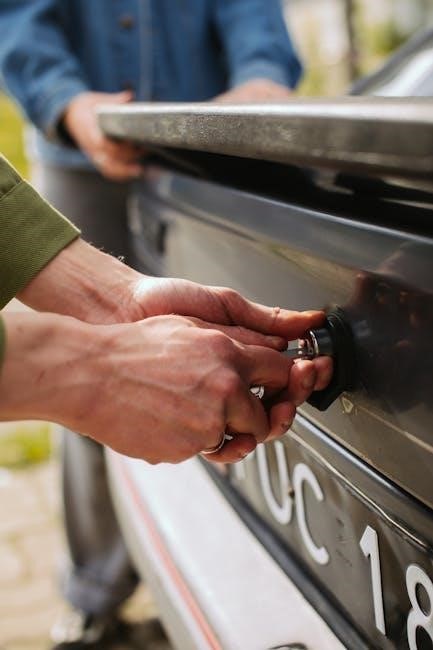
Frequently Asked Questions (FAQs)
- Is the auto-to-manual conversion difficult?
The conversion is challenging but achievable with proper tools and guidance. It requires mechanical skills and attention to detail.
- What are the estimated costs for the conversion?
Costs vary depending on parts quality and availability. Expect to spend between $1,500 to $3,000 for essential components like the transmission, clutch, and driveshaft.
- What tools do I need for the swap?
Essential tools include a socket set, wrenches, pilot bushing puller, and transmission jack. A workshop manual is also highly recommended.
- Do I need to modify the ECU?
Yes, the ECU must be reprogrammed or replaced with one from a manual-transmission 240SX. For 97-98 models, re-pinning the ECU may be necessary.
- Can I use an S13 transmission in an S14?
The S13 and S14 transmissions are mostly compatible, but the S14 may require additional components like a crank position sensor.
- Do I need a new clutch pedal?
You can either install a manual clutch pedal or modify the existing automatic pedal with a manual pedal rubber cover.
- What are the benefits of the conversion?
The manual swap enhances driving control, improves performance, and increases fuel efficiency, making it a worthwhile modification for enthusiasts.
These FAQs address common concerns and provide clarity for those considering the auto-to-manual conversion on their 240SX.
